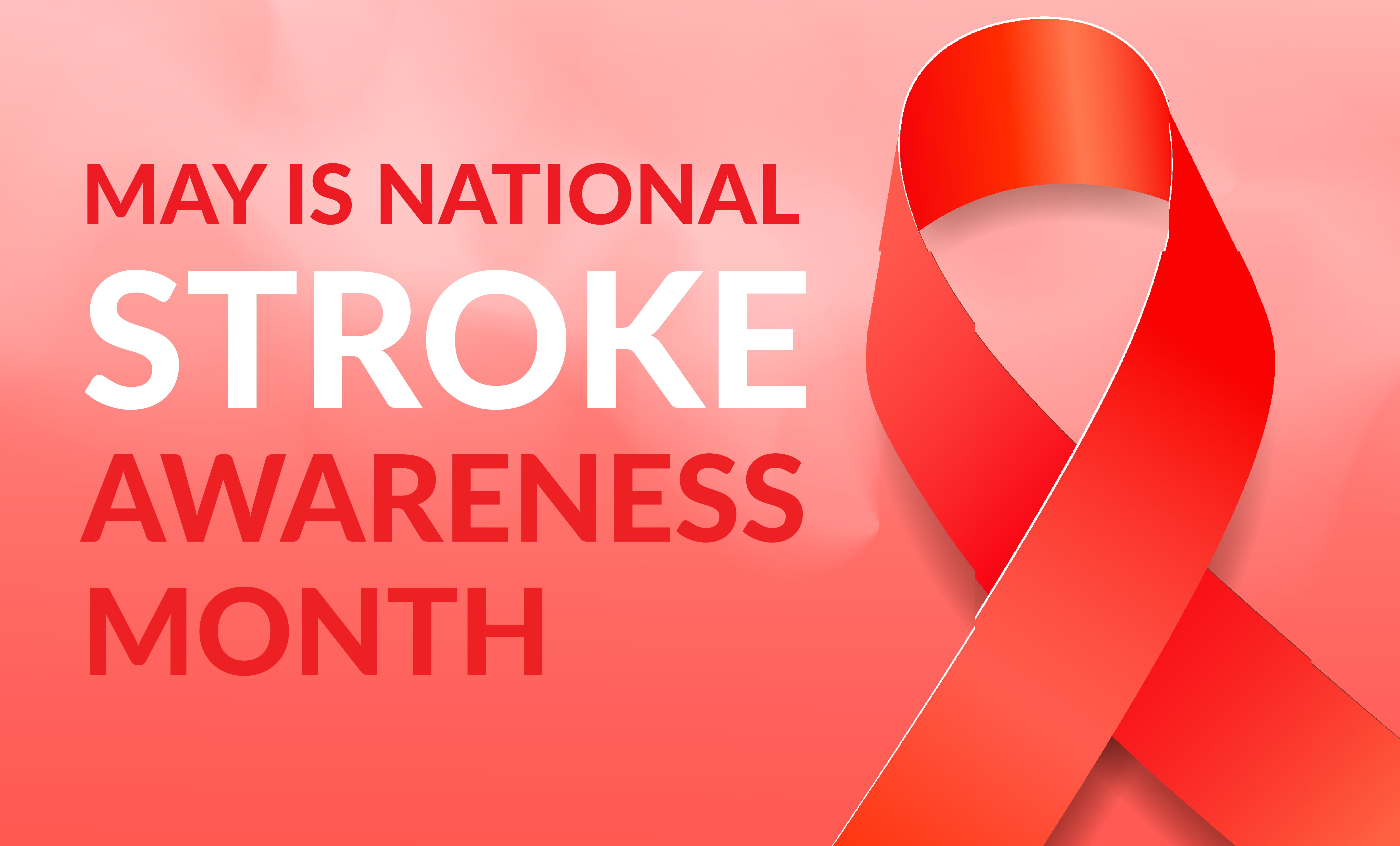Written By: Toni Patt, PT, DPT, NCS, GCS

Telling the brain what to do forces it to solve the problem. In doing so the brain activates automatic intrinsic pathways creating greater activation overall. The brain activates what it needs, or at least tries, resulting in a greater motor response. Those subcortical intrinsic pathways improve movement.
Feedback matters. I found defining good really helps. Since stroke patients base outcomes on pre-stroke levels, in their minds, they never do well. Defining a good transfer as not hitting the floor changes the discussion and opens the opportunity to provide feedback. Good can always be improved upon.
It’s important to let them struggle a little. The cerebellum will only correct movement when it senses a problem. If something is too easy or too hard the cerebellum doesn’t help. If someone is struggling it cues the cerebellum to join in. We learn from mistakes. We have to let our patients make mistakes to allow that to happen.
I hope you will take interest in joining me for my Summit Live Streams on June 8th and June 9th where we take a deeper dive into all things Rehab for Older Adults. Explore the courses below and join any or all that fit your schedule!
Evidence-Based Assessment and Treatment of Dementia
Effective Rehabilitation Strategies for Frail Older Adults
Visit summit-education.com for more information.
About Summit Professional Education
Summit equips therapists with better continuing education courses that provide CEUs while impacting patient outcomes. Find high-quality on-demand CE along with the largest offering of live options — including live webinars, live streams, and in-person courses. Want to deep dive on a topic? Summit offers hundreds of 6-hour courses for the most in-depth learning!